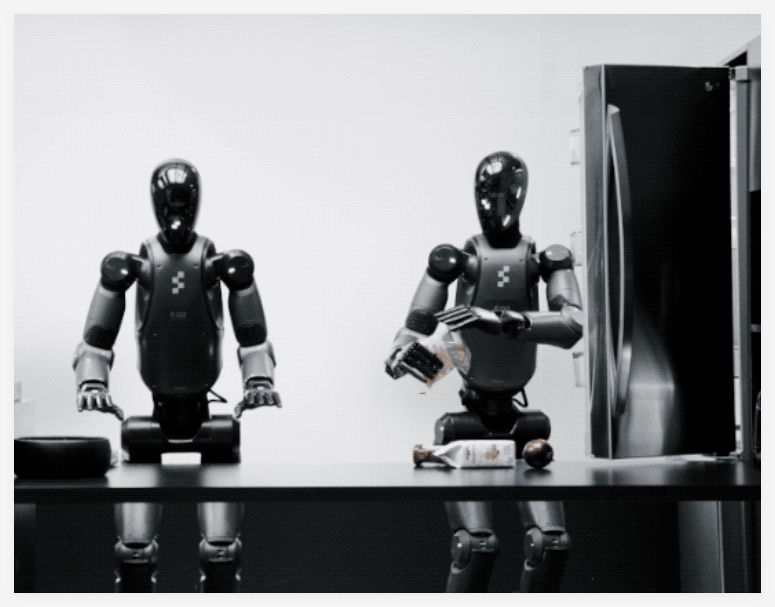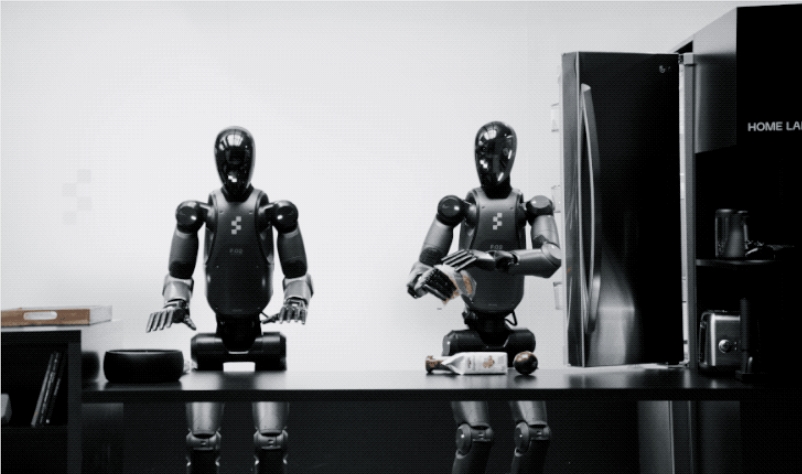Recently, Figure's founder and CEO Brett Adcock announced a new machine learning model called Helix, aimed at enhancing humanoid robots' capabilities in home environments. This news comes just two weeks after Figure announced the end of its collaboration with OpenAI, demonstrating their strong commitment to the field of robotics.
Helix is a "general-purpose" vision-language-action (VLA) model that can control robots in real-time using visual data and language instructions. It operates similarly to Google DeepMind's RT-2, which trains robots using a combination of video and large language models. Helix goes a step further by showcasing impressive object generalization, enabling it to recognize and pick up thousands of household items not seen during training, all by simply using natural language commands from users.
During the demonstration of Helix, Figure provided some practical examples of its applications. For instance, users can tell the robot, "Hand me the bag of cookies on the right," or "Take the bag of cookies from the robot on the left and place it in the open drawer." Completing these tasks requires cooperation between robots, and Helix is designed to control two robots simultaneously to perform various household chores together.

Despite the many challenges facing household robots, Figure emphasizes that the complexity of home environments needs to be prioritized. Unlike industrial settings, homes contain a wide variety of items and unpredictable environments, which pose significant difficulties for robot learning and control. Additionally, the high costs of current household robots make it difficult for many companies to focus on this area, with the usual approach being to first serve industrial clients before shifting to the home market once technology matures.
In 2024, a TechCrunch reporter visited Figure's office in the Bay Area, where Adcock showcased the humanoid robot's performance in a home environment. At that time, Figure's focus still seemed to be on projects in collaboration with businesses. However, with the release of Helix, Figure hopes to make home environments a significant direction for its technology development.
Currently, Helix is still in its early stages, and Figure aims to attract more engineers to accelerate the project's progress through this new technology. For robots, generating intelligent new behaviors at home is crucial, which requires extensive training and adjustments.
Official introduction: https://www.figure.ai/news/helix
Key points:
🛠️ Helix is a new vision-language-action model that can control robots to perform household tasks through natural language commands.
🤖 This model demonstrates strong object recognition capabilities, able to pick up unseen household items.
🏡 Figure aims to prioritize home environments as a focus for the development of robotic technology to address the complex challenges faced by household robots.










